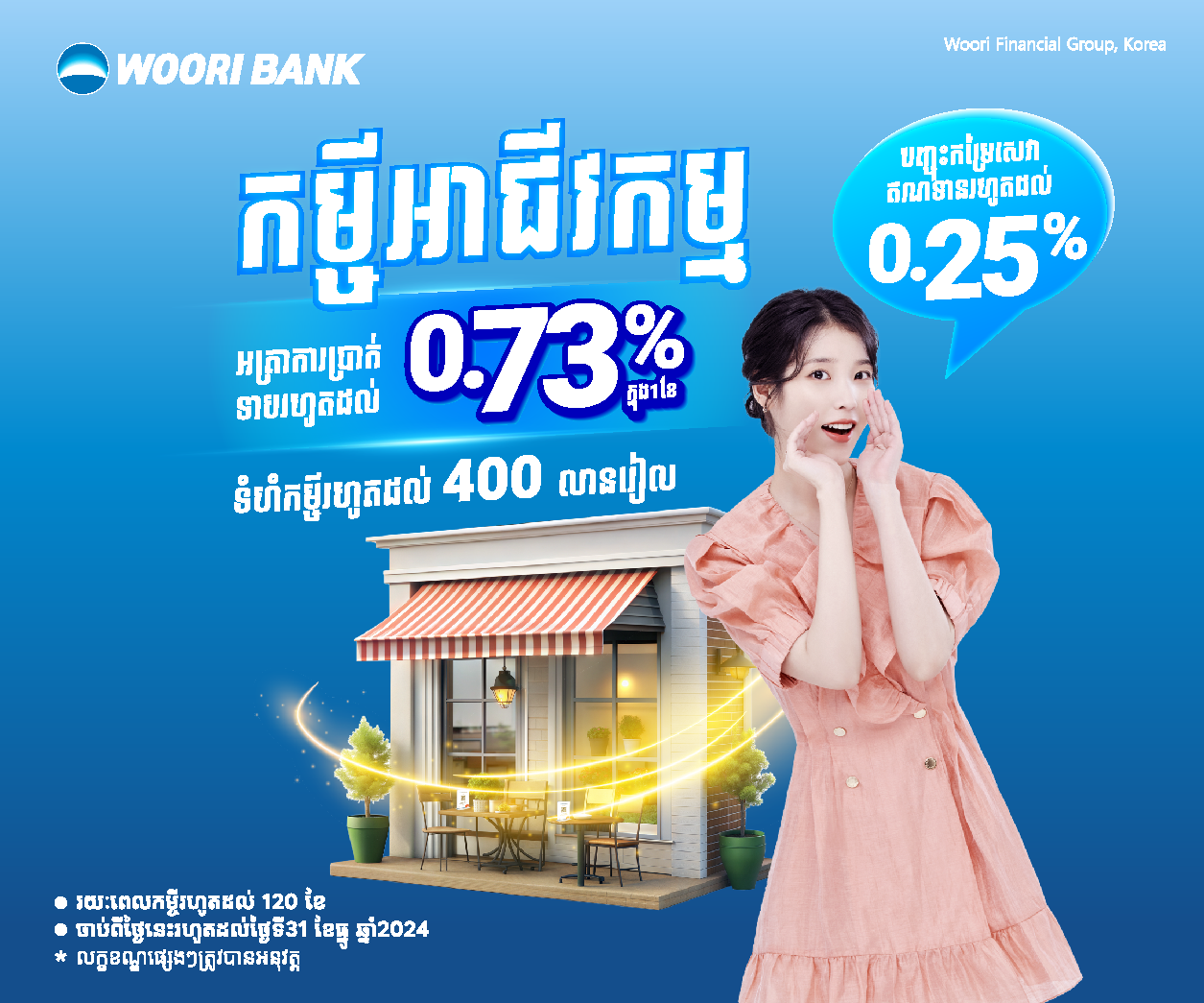
National Bank of Cambodia Governor H.E. Chea Chanto. PHOTO SUPPLIED
Today the National Bank of Cambodia proudly celebrates the 39th anniversary of the re-introduction of the riel (March 20, 1980 – March 20, 2019).
This historical event restored the national sovereignty and marked one of the victories of Cambodia after the liberation from the Khmer Rouge regime on January 7, 1979 and the re-establishment of the National Bank of Cambodia on October 10, 1979.
The riel was re-introduced after its absence from circulation during the Khmer Rouge regime which destroyed the backbone of the economy; indeed, the banking and financial system was abolished; and the Khmer riel was eliminated. After the liberation in January 1979, people bartered with remnants of gold, jewellery, or goods.
For the purposes of trading, market prices were mainly determined by gold and rice; while the currencies from neighbouring countries were used for settlement in the provinces near the border.
The re-circulation of riel was strongly acclaimed and supported by the people.The introduction of the riel turned out to be a success because people were curious, they wanted to see and feel the new money so they could believe in it.
Since the civil war had been prolonged until the late 1990s, public trust and confidence in Khmer riel remained low and fragile.In the early 1990s, the United Nations Transitional Authority in Cambodia (UNTAC) entered Cambodia to organise the first national election in Cambodia. During the UNTAC mission a huge influx of US dollars was injected into Cambodian economy which resulted in the dollarisation in Cambodia.
Currently, dollarisation is further driven by additional inflow of foreign currency via foreign direct investment, international tourism receipts, foreign aid and international trade.
High dollarisation could limit the conduct of monetary policy and create challenges for the promotion of local currency usage. Over the past 39 years, the Royal Government and the National Bank of Cambodia have put lots of efforts to restore and build public confidence in the riel and to promote wider use of it to become the important medium of exchange, unit of account, and store of value in the domestic market.
The Royal Government and the National Bank of Cambodia have not applied the administrative procedure to force the use of riel since it might hurt foreign direct investment and cause capital flight; or it might introduce informal market for US dollar transactions.
So far, the Royal Government of Cambodia and the National Bank of Cambodia has employed several policies such as (i) maintaining riel’s price stability, (ii) issuing payment of water and electricity and tax exclusively in riel, (iii) setting price tags on goods and services in riel, (iv) developing the Fast and Secured Transfer System, which makes payments in riel cheaper and enables customers to receive funds immediately, (v) developing electronic payment for cross-border transactions in local currency, (vi) providing liquidity in riel, through Liquidity-Providing Collateralised Operation (LPCO) auctions to financial institutions (vii) requiring the financial institutions to have at least 10 per cent of their loan portfolios in riel by the end of 2019, and (viii) allowing banking and financial institutions to issue corporate bonds in riel.
Through these policy measures, riel deposit rate has increased to 6.30 per cent while the gap between KHR and USD loan, in February 2019, has been shrinking significantly to 2.04 per cent (6.94 per cent in February 2018) and the riel in circulation, in February 2019, has increased 14.91 per cent comparing to the same period in 2018.
We are proud to celebrate our 39th anniversary of the re-introduction of the riel.
The National Bank of Cambodia is committed to implementing prudential measures to increase the share of riel and work toward promoting the use of local currency in the economy according to the Royal Government of Cambodia’s policy.
I strongly believe that our concerted efforts among stakeholders would gradually promote the local currency and significantly make the riel to be the national symbol of sovereignty, to benefit macroeconomic policies, and to be the resilience for the economy.
Thank you.















